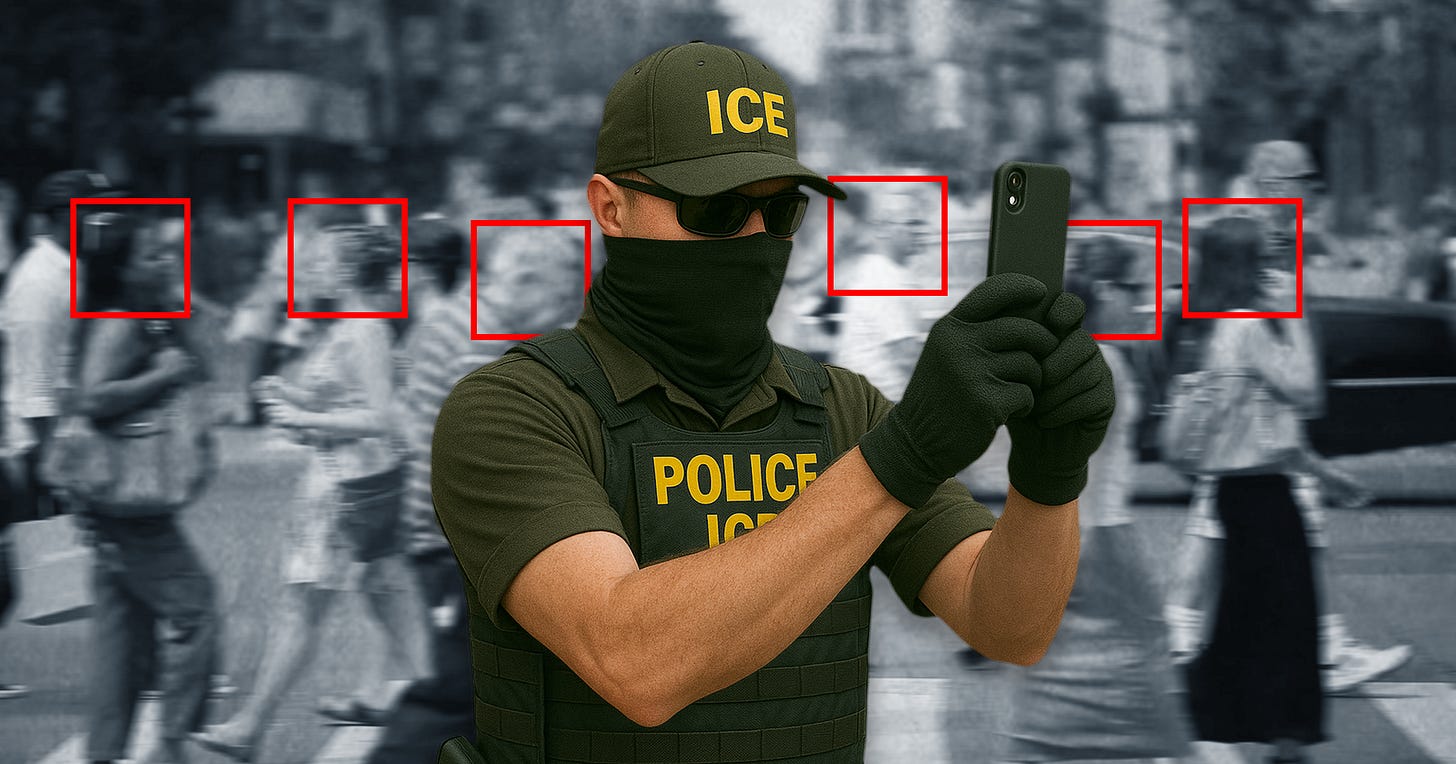ICE Is Using Facial Recognition App to Hunt Immigrants in Real Time
ICE’s new Mobile Fortify app lets agents ID anyone with a tap, using border surveillance tech on American streets
The Trump administration just gave ICE agents a new tool, and it fits right in their pocket.
It’s called Mobile Fortify, and according to internal emails obtained by 404 Media, it turns a government-issued smartphone into a real-time biometric scanner. ICE officers can now point their phones at someone and instantly run facial recognition or fingerprint …





